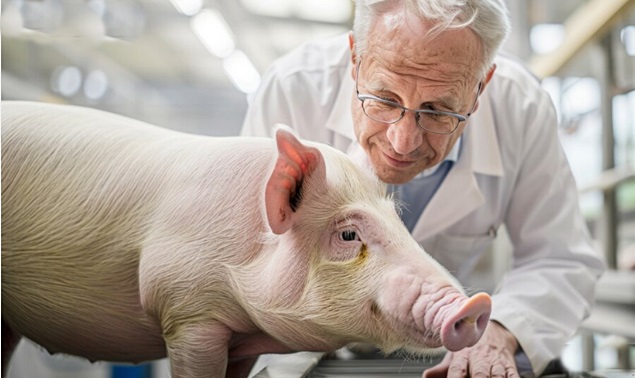
Lung Scanning of Slaughterhouse Pigs Shows Promise for Detecting Respiratory Issues
Scanning pig lungs at the slaughter line is proving to be a fascinating area of research. This method makes it relatively easy to determine whether pulmonary problems were present during the animal’s life. According to PigProgress, the lung scoring process can be credibly facilitated through the use of computer-based technology.
Lung Lesions Linked to Infection
This development was detailed in a recent publication in the journal Veterinary Research. A team of researchers from institutions in the United States and Spain collaborated on the project, supported by experts from the animal health company Hipra.
The team tested a computer vision system known as AI Diagnos and sought to determine whether its results were comparable to human evaluation.
To do so, the researchers focused on a lung lesion known as cranioventral pulmonary consolidation (CVPC), a condition often linked to infection with the bacterium Mycoplasma hyopneumoniae (M. hyo).
The study also assessed interpretation differences between human evaluators and compared these with the variability found in the results produced by the computer vision system.
Both the human experts and the AI system analyzed 1,050 dorsal images of pig lungs. The total lung lesion score, lesion score per lung lobe, and the percentage of affected lung area were used as evaluation metrics.
Moderate Accuracy in Lesion Detection
The computer-based system demonstrated moderate accuracy (62–71%) in distinguishing between unaffected and affected lung lobes—except for the diaphragmatic lobes. The researchers also noted a low multiclass classification accuracy at the individual lobe level, ranging from 24–36%.
A Reliable Alternative for Lesion Detection





